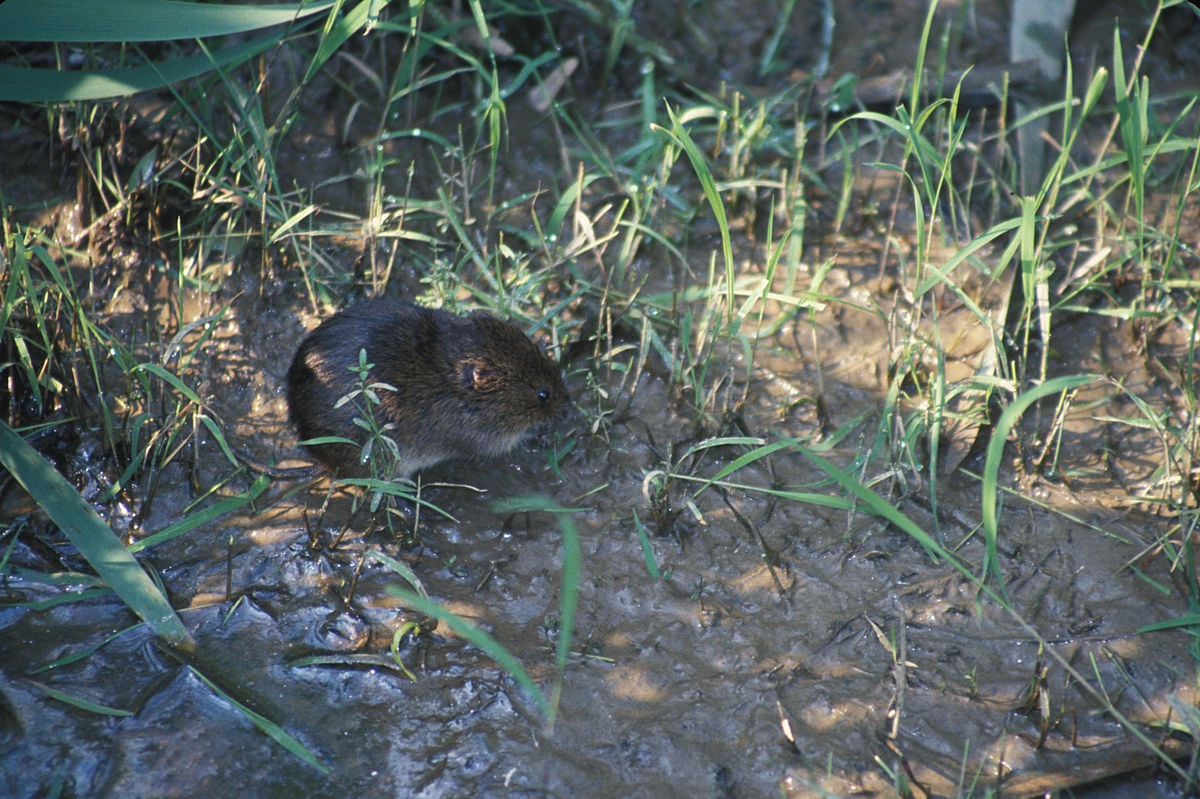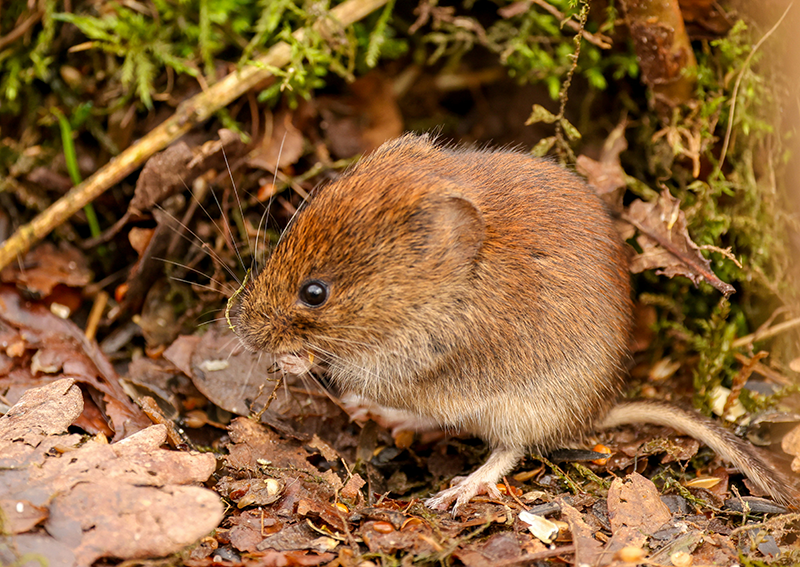Mastering Vole Bug Control: Thorough Insights on Infestation Prevention and Therapy Techniques
By acknowledging the subtle signs of vole infestation early on, we can take proactive measures to avoid extensive damages. In this discussion, we will certainly check out the nuances of vole habits, dive into the recognition of problem indications, and uncover the most effective avoidance and treatment approaches.
Comprehending Vole Habits
Examining the foraging patterns of voles offers beneficial understandings right into their behavior and habitat preferences. Voles, small rodents appearing like computer mice, are herbivores known for their underground tunneling tasks. By observing their foraging habits, scientists can get a much better understanding of where voles favor to develop their environments and the degree of their ecological impact. Voles are prolific breeders, with a solitary women capable of generating numerous trashes in a year, making it crucial to understand their actions for reliable insect control strategies.
Study shows that voles display discerning feeding behaviors, choosing roots, seeds, and tubers. This dietary choice affects their foraging patterns, leading them to areas abundant in plant life and ground cover. In addition, voles are recognized to produce sophisticated tunnel systems for foraging and nesting objectives, suggesting a high degree of flexibility to their surroundings.
Understanding vole habits is necessary for applying targeted parasite control steps that disrupt their environment choices and foraging tasks (vole lawn damage). By studying their habits, specialists can establish much more efficient prevention and therapy methods to handle vole infestations

Identifying Indicators of Vole Infestation
Vole invasions can be identified by identifying details signs of their visibility in a location. Among the most typical signs of a vole problem is the existence of surface paths. Voles develop networks of narrow pathways on the ground that are generally about two inches vast. These paths are usually located in grassy locations or beneath mulch or ground cover where voles can relocate freely and look for food.
One more key sign of vole problem is the existence of little burrow openings in the ground. Furthermore, voles are known to leave behind eaten plant stems, roots, and light bulbs near their burrow openings, suggesting their feeding activity in the area.
Additionally, vole droppings can also symbolize their visibility. Vole droppings are small, brown, and cylindrical in form, looking like grains of rice. Locating these droppings along paths or near burrow openings can confirm a vole infestation. By being alert for these indicators, property proprietors can quickly address vole infestations and prevent more damage.
Executing Proactive Avoidance Measures

In addition, utilizing all-natural vole deterrents like castor oil-based repellents or predator pee can function as effective safety nets. It is also a good idea to frequently evaluate outside rooms for any indicators of vole activity, such as paths or burrow openings, to resolve potential invasions promptly. vole control. By embracing these aggressive prevention techniques, homeowner can dramatically decrease the likelihood of vole damage and keep the wellness and appearances of their landscapes
Efficient Therapy Strategies
Including targeted capturing approaches and resource making use of accepted rodenticides are vital components of reliable therapy techniques for handling vole problems. Capturing can be an efficient means to reduce vole populations, especially when put strategically in their active paths. Break traps and live traps can both be effective, with the last enabling the capture and relocation of voles. When using rodenticides, it is important to adhere to safety and security standards to avoid harm to non-target animals and pets. Place rodenticides in secure lure terminals to lessen dangers to unexpected targets. Furthermore, habitat alteration, such as lowering ground cover and removing sources of food, can help deter voles from infesting a location. Routine tracking and upkeep are additionally crucial elements of successful therapy approaches to make certain that vole populaces are kept under control. By incorporating capturing, rodenticides, habitat alteration, and consistent surveillance, effective vole insect control can be achieved.
Tracking and Upkeep Tips
Preserving an organized schedule for tracking and performing routine upkeep activities is crucial to sustain the performance of vole pest control procedures. Normal monitoring enables for the very early discovery of vole task, enabling prompt treatment before invasions get worse. To effectively keep an eye on vole populaces, purposefully placed traps can be utilized in vole runways or near burrow entryways. By routinely examining these catches, homeowner can determine the extent of vole activity and adjust control strategies accordingly.
In addition, keeping a clean and neat landscape is crucial in vole prevention. Clearing up away debris, such as piles of wood or dense plant life, eliminates possible vole environments. Regularly trimming grass and trimming go plants helps in reducing vole concealing areas and reduces their access to food resources.
Additionally, ongoing upkeep of physical barriers, such as fencings or cable mesh, is crucial to avoid vole intrusion. Evaluating and repairing any type of damages to these frameworks guarantees that vole control continues to be efficient in safeguarding homes from infestations. By incorporating these tracking and upkeep methods right into an extensive vole parasite control plan, people can efficiently take care of vole populations and secure their residential or commercial properties from damage.
Final Thought
In conclusion, grasping vole parasite control requires a strong understanding of vole actions, the ability to determine indicators of infestation, carrying out aggressive prevention procedures, effective therapy techniques, and consistent monitoring and upkeep. By taking an extensive strategy to vole control, people can efficiently handle and protect against problems, inevitably securing their property and surrounding atmosphere from damage brought her response on by these little rodents.
In this discussion, we will check out the subtleties of vole actions, delve right into the identification of infestation indicators, and uncover the most efficient prevention and treatment methods.Incorporating targeted trapping methods and utilizing accepted rodenticides are important elements of efficient treatment strategies for managing vole infestations. To effectively monitor vole populaces, purposefully positioned catches can be used in vole runways or near burrow entryways. Checking and repairing any damages to these frameworks ensures that vole control stays efficient in protecting homes from problems. By integrating these tracking and upkeep methods into a detailed vole bug control plan, individuals can properly take care of vole populations and safeguard their homes from damage.